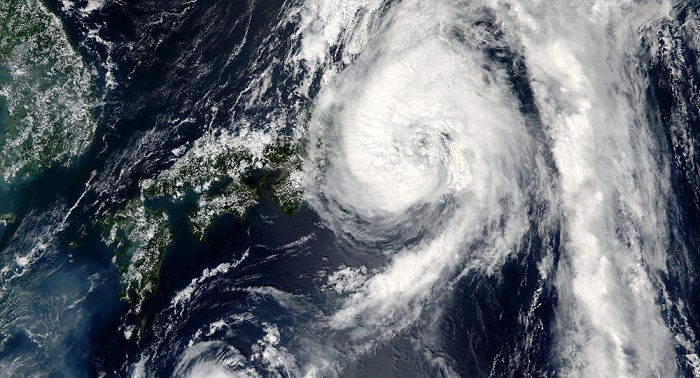Thus, the San Mateo Hurricane of 1565—which, by decimating a French fleet on its way to attack the Spanish settlement in St. Augustine, helped doom France’s efforts to control Florida—got its name because it made landfall on September 22, the day after the feast of St. Matthew. Meanwhile, the hurricane that devastated Galveston, Texas, in 1900, killing 6,000–12,000 people, is remembered as the Great Galveston Hurricane.
The practice of giving storms personal names appears to have originated with Clement Wragge, an Australian meteorologist who in the 1890s entertained himself by naming storms after women, mythical figures, and politicians that he didn’t like. The modern system of using personal names developed during World War II, when meteorologists began using women’s names—often those of wives or girlfriends—instead of cumbersome designations based on latitude and longitude. Short and quickly understood, names were easier to transmit over the radio and easier to keep straight if there was more than one storm in a given area. The system was formalized in 1953 when the National Weather Service put together an alphabetical list of female names to be used for storms in the Atlantic basin. Male names were added to the list in 1979 when women’s groups pointed out the sexism of using only female names.
So how are names picked today? A special committee of the World Meteorological Organization maintains lists of names to be used for tropical cyclones. The names on the list must be short, distinctive, and relevant to their cultural and geographic areas so that they are easy for people to remember. For the Atlantic basin there are six alphabetical lists of 21 names each, and the lists cycle yearly. So it is very likely, for example, that many of the names on the 2018 list, which starts with Alberto, Beryl, Chris, Debby, and Ernesto, will recur in 2024. The letters Q, U, X, Y, and Z are not used because there are not enough available names. If there are more than 21 named storms, Greek letters are used. For the Western Pacific/South China Sea basin, where there are a wider variety of languages spoken, names on the lists are contributed by countries in the region. So one list begins with Nakri (Cambodia), Fengshen (China), Kalmaegi (North Korea), and Fung-wong (Hong Kong). If a hurricane or typhoon is especially destructive, that name is retired from the list. Some recent names to have been retired are Katrina (2005), Sandy (2012), and Haiyan (2013).
Read the original article on britannica.com.
More about: hurricanes typhoons
















































